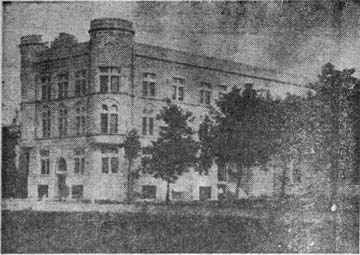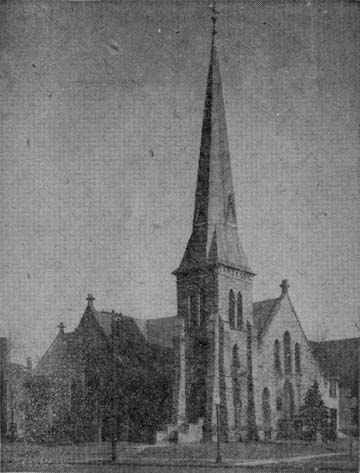
No. 51--State Penitentiary, 14th and Pioneers
Five hundred and fifty-four convicts now sit scowling in their penitentiary cells. This statement, however, is merely to fix them in your minds. The personnel of the old gray bastile (sic) is in reality much more mobile and active. The men make things and do things, go to school and have music and movies. They live as pleasantly as is possible with whatever guilt hangs over their heads, and within their narrowed boundaries. For some who have lived there, the view narrowed finally to the sight of one black loop against the gray dawn--or the leaping of one fatal spark. Seven were hanged from 1867 to 1920; eight have walked to the electric chair--1920 to 1929, date of the last case of capital punishment.
In seventy-five years there have been several outbreaks, mostly minor ones. But on March 14, 1912, there was a more spectacular performance. During a deep snowstorm three prisoners, John Dowd, Shorty Gray and Charles Morley, shot their way out, killing Warden Delahunty, Deputy Warden Wagner and Usher Heilman. Thereafter for a number of days Lincoln people were reluctant to plunge out into the neck-high snow lest consciousness result in their being picked off by a convict or a member of a posse. In the final windup of the chase an innocent farmer, as well as two of the convicts, were killed--a total of six deaths for the incident. The third convict, Charles Morley, surrendered. He was released from the penitentiary about a year ago.
A somewhat sensational escape, 1922, was that of bad man Fred Brown, who was not only bad but quite antic in his movements. He was variously referred to as Kangaroo or Chain-man Brown. One day he would pop up in Omaha, then in some peaceful Lincoln spot, keeping citizens in a state of uneasy dismay until he was finally captured in the wilds of Wyoming. On his second attempt to break out, in 1925, he was shot down and killed.
